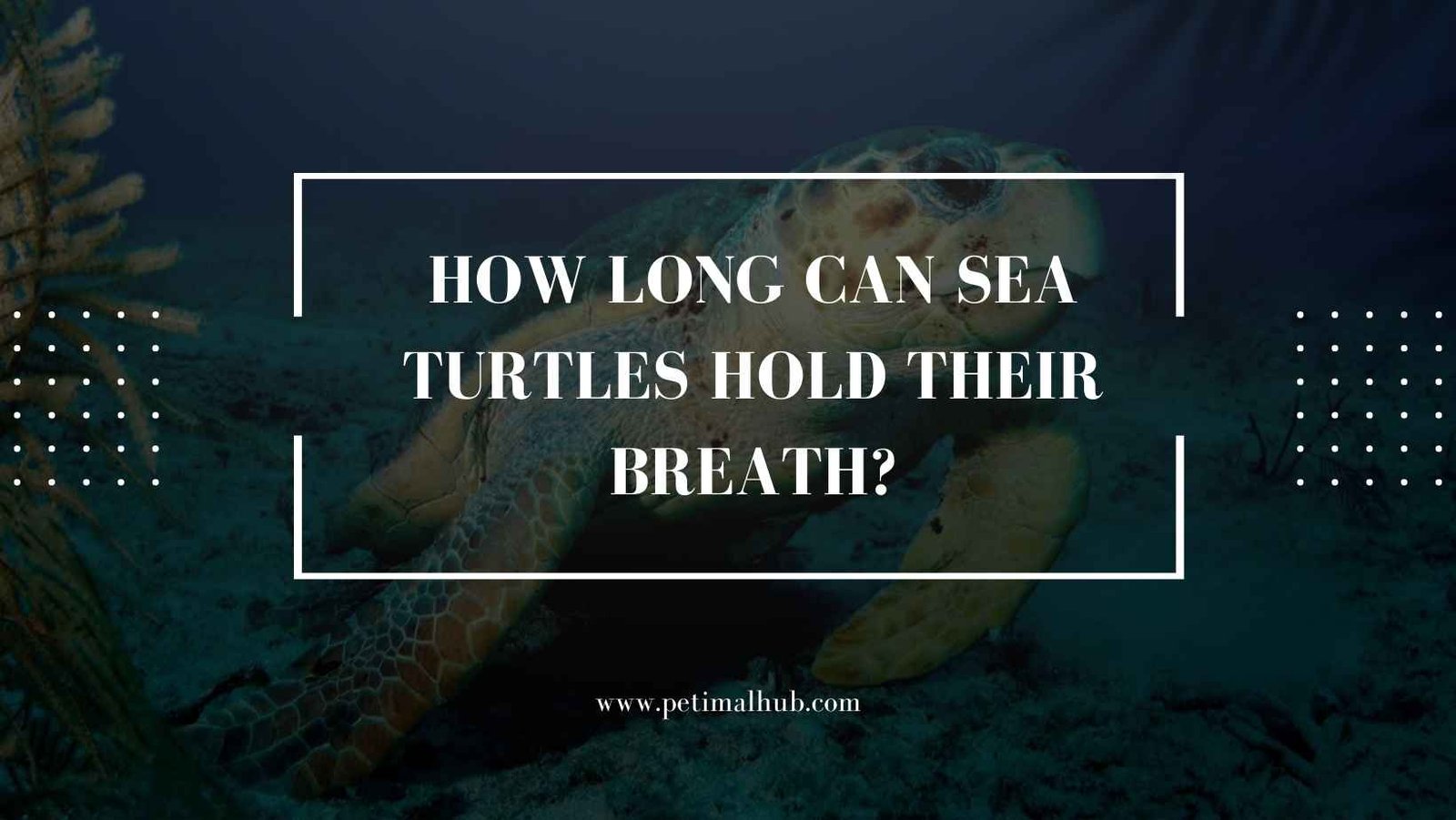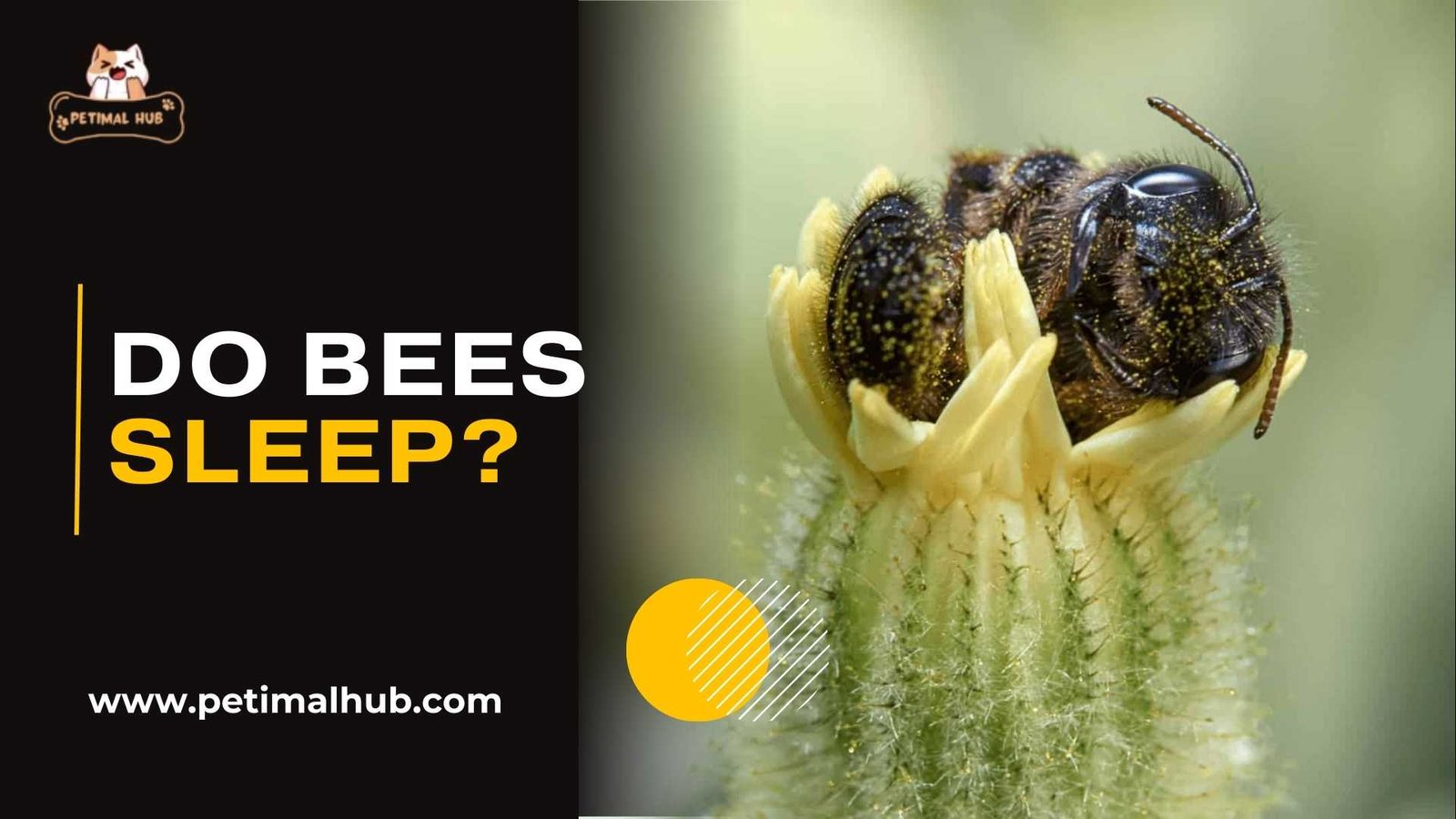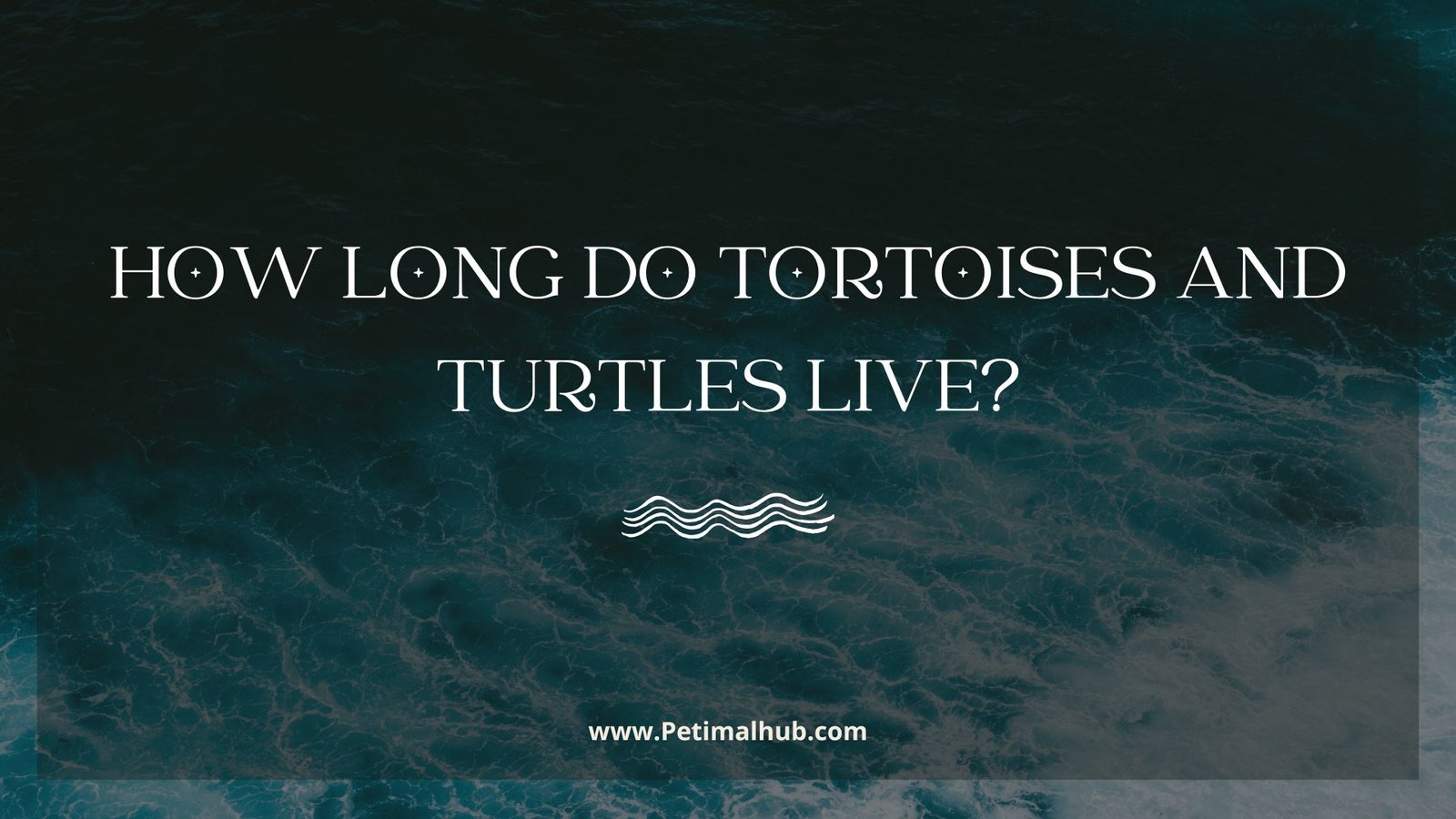
- Blog
How Long Do Tortoises and Turtles Live?
- January 10, 2025
Tortoises and turtles, members of the Chelonian reptile family, are celebrated for their extraordinary lifespans, often outliving many other animals. These fascinating reptiles, known for their protective shells and slow-moving lifestyles, have become symbols of longevity and resilience. Understanding how long do tortoises and turtles live is vital for enthusiasts and potential pet owners, as caring for these creatures often requires a commitment that spans several decades.
Table of Contents
ToggleThe lifespan of tortoises and turtles varies significantly between species. Tortoises generally live longer, with some species, like the Aldabra giant tortoise, exceeding 150 years and even reaching 200 years in rare cases. Turtles, such as the red-eared slider, typically have shorter lifespans, averaging 20 to 30 years in captivity. However, with proper care, including a balanced diet, suitable habitat, and regular veterinary attention, both tortoises and turtles can thrive and reach their full lifespan potential.
Lifespan of Tortoises and Turtles

Tortoises and turtles are known for their impressive lifespans, which vary significantly depending on the species. Below is a comparison of the lifespans of common tortoise and turtle species:
Species | Type | Average Lifespan | Notable Characteristics |
|---|---|---|---|
Aldabra Giant Tortoise | Tortoise | 150–200 years | Among the longest-living tortoises; native to Aldabra Atoll. |
Galápagos Tortoise | Tortoise | 100+ years | Iconic species from the Galápagos Islands. |
Russian Tortoise | Tortoise | 40–60 years | Popular pet species; small and hardy. |
Sea Turtles | Tortoise | 50–100 years | Includes species like green sea turtles; live in oceans. |
Red-Eared Slider | Turtle | 20–30 years (in captivity) | Common pet turtle; adaptable to various environments. |
Painted Turtle | Turtle | 25–50 years | Found in freshwater habitats across North America. |
Differences Between Tortoises and Turtles
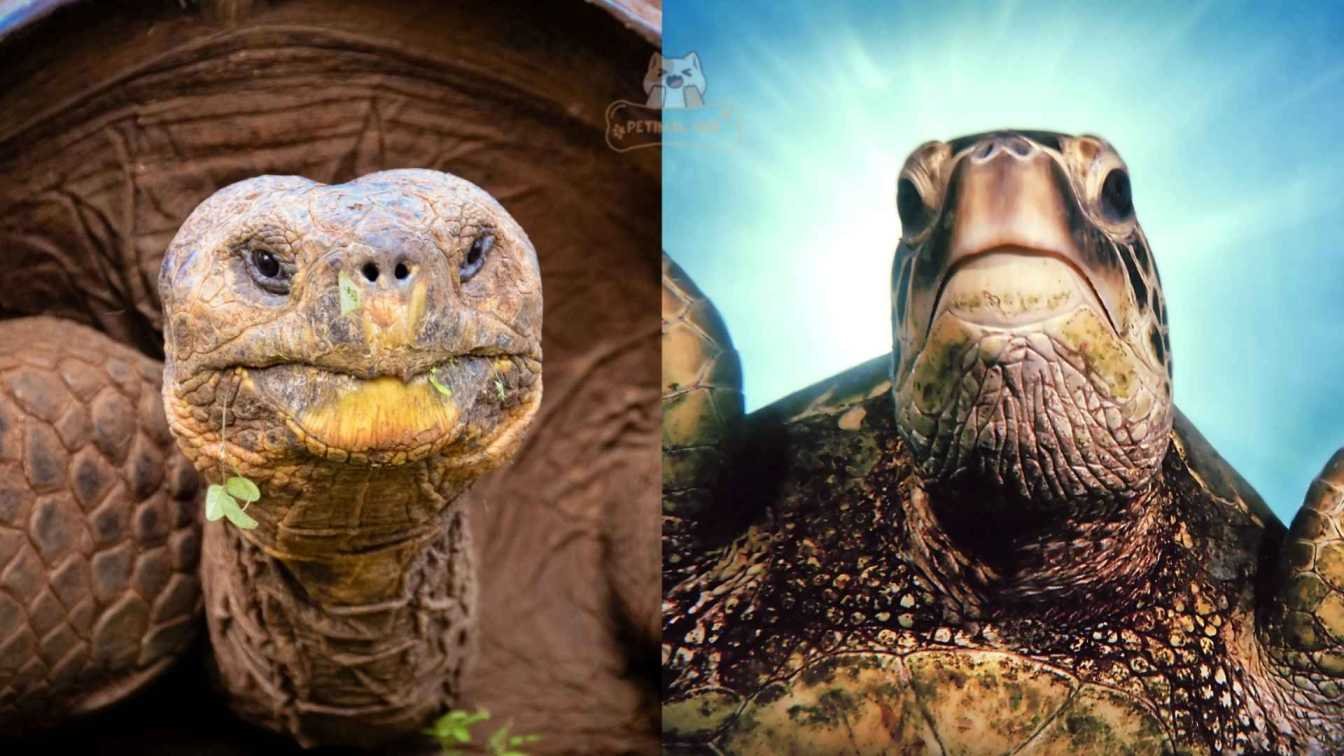
Tortoises and turtles belong to the same reptilian order, Chelonia, but they differ significantly in habitat, behavior, and physical characteristics. Understanding these differences is crucial when exploring how long tortoises and turtles live since their environments and lifestyles greatly influence their lifespans.
- Habitat
Tortoises are exclusively land-dwellers, thriving in dry environments like deserts and grasslands. In contrast, turtles are semi-aquatic or fully aquatic, living in freshwater, brackish water, or oceans. Their habitat impacts their diet, movement, and longevity. - Shell Structure
Tortoises have dome-shaped, heavier shells that provide protection on land, while turtles possess lighter, flatter shells designed for swimming. These structural differences enable them to adapt to their respective environments. - Diet and Behavior
Tortoises are primarily herbivorous, feeding on grasses, leaves, and vegetables. Turtles, on the other hand, are often omnivorous, eating aquatic plants, insects, and small fish. Proper nutrition is a critical factor in determining the lifespan of tortoises and turtles. - Lifespan Variability
Due to their terrestrial nature and lower predation rates, tortoises tend to live longer, with species like the Galápagos tortoise exceeding 100 years. Turtles, particularly smaller freshwater species like the red-eared slider, have shorter lifespans, often 20–30 years in captivity.
By understanding these distinctions, owners can better care for their pets and ensure they thrive in their specific environments. Both tortoises and turtles require tailored care to reach their maximum lifespan potential.
Factors Affecting Their Lifespans

The lifespan of these reptiles is influenced by several key factors, which determine how well they thrive in their environments. Proper care and attention to these factors can help ensure they live to their full potential.
Diet and Nutrition

A species-specific, well-balanced diet plays a critical role in determining longevity. Herbivorous types thrive on fresh vegetables, leafy greens, and grasses, while omnivorous ones require a mix of plant-based foods and proteins. Providing calcium-rich food is essential for strong shells and overall health. Poor nutrition can lead to deficiencies, metabolic bone disease, and other health complications, significantly reducing lifespan.
Habitat Conditions

The quality of their living environment is another crucial factor. A clean and spacious enclosure that mimics their natural habitat is vital. Proper lighting, temperature, and humidity regulation help prevent stress and illnesses. Aquatic species require clean water with a filtration system, while land-dwellers need dry, warm spaces with natural substrates. Neglecting these aspects often leads to health problems that shorten their lives.
Health Care

Access to regular veterinary care is vital for addressing common health issues such as respiratory infections, shell rot, and parasites. Routine check-ups allow for early detection of potential problems, ensuring timely treatment. Preventive measures, such as proper hydration and monitoring for injuries, play a significant role in extending lifespan.
Also, Read More: What Colors Do Bees Hate?
Environmental Differences

The conditions of captivity versus the wild greatly influence survival rates. In their natural habitats, they face threats such as predators, food scarcity, and habitat destruction, which can shorten their lifespan. In captivity, where they are free from these dangers, consistent care, proper nutrition, and a controlled environment often allow them to live longer than their wild counterparts.
By addressing these factors, these reptiles can thrive, reaching their full lifespan potential and showcasing their remarkable longevity.
Tips for Ensuring a Long Life
Caring for tortoises and turtles requires a commitment to providing the right environment, diet, and health care. By following these essential tips, you can help your pet reach its maximum lifespan and enjoy a healthy, happy life.
Proper Enclosure Setup

Creating a spacious and secure enclosure is essential for providing a comfortable environment. For land-dwellers, ensure a dry, warm space with natural substrates, while aquatic species require clean water and a filtration system. The right habitat promotes health and longevity.
Balanced Diet
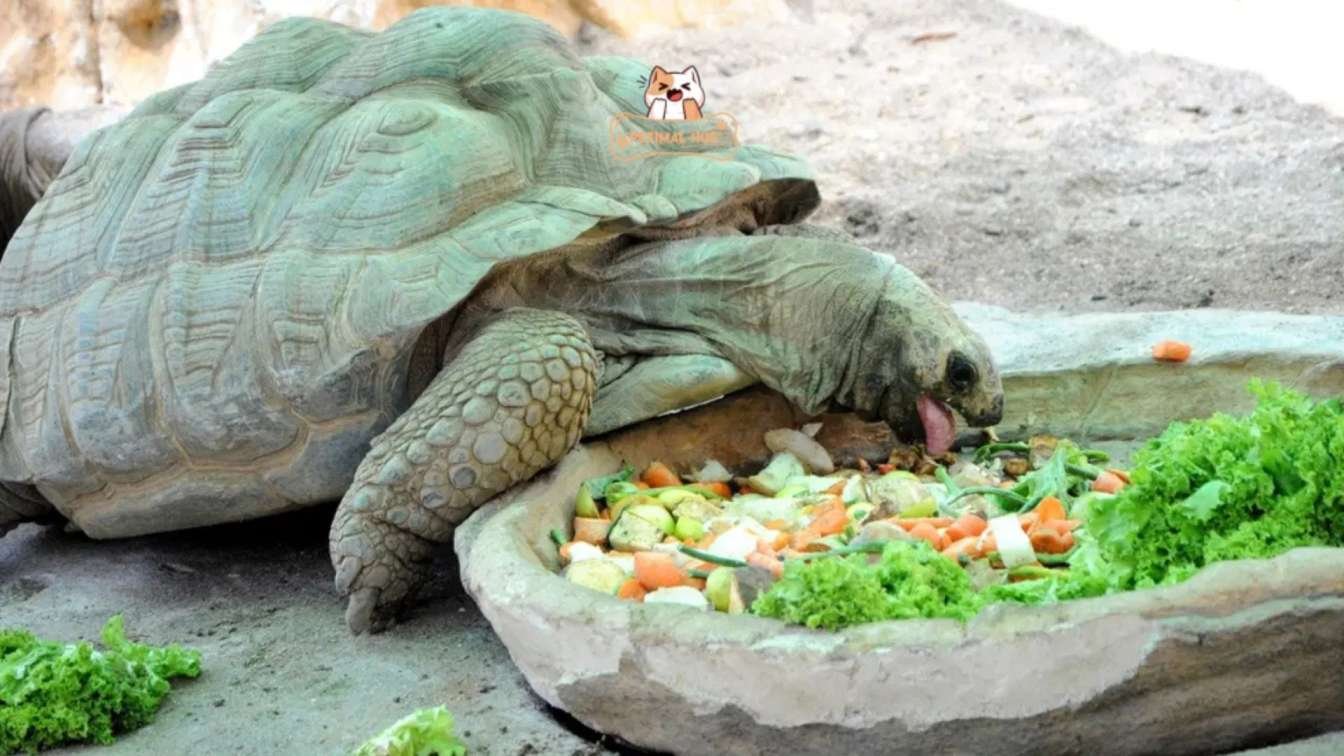
A species-specific diet is vital to ensure optimal health and a long lifespan. Provide fresh vegetables, leafy greens, and calcium-rich food for herbivores, and a mix of plant-based foods, proteins, and vitamins for omnivores. Proper nutrition strengthens their immune system.
Regular Health Check-ups
Routine veterinary care is crucial for preventing and managing health issues. Regular check-ups help identify problems early, such as respiratory infections or shell rot, ensuring a timely response to extend their lifespan.
Also, Read More: How Do Snakes Communicate?
Conclusion
Understanding how long tortoises and turtles live is essential for anyone considering these remarkable reptiles as pets. Their impressive lifespans, ranging from a few decades to over 100 years, make them a long-term commitment. By providing a proper habitat, a balanced diet, and access to regular veterinary care, you can significantly improve their chances of reaching their full potential. Whether land-dwellers or aquatic, these creatures require tailored care to thrive. With the right approach, they can live long, healthy lives, becoming companions for generations to come.
FAQs
Tortoises can live between 80 to 150 years, with some surpassing this age in captivity under proper care.
Turtles typically live between 5 and 50 years, depending on the species.
Tortoises have slow metabolisms and few natural predators, contributing to their longevity.
With proper care, turtles can live longer in captivity than in the wild.
Diet, habitat conditions, and health care significantly influence their lifespan.


